You ever walk out of Sam’s Club with a cart full of “deals” feeling like a budget boss—only to realize later you just paid premium prices for a five-pound box of disappointment? Same. Bulk shopping feels like you’re saving money because everything’s oversized and shrink-wrapped in good vibes. But not all that glitters in warehouse lighting is gold. Some of those “discounts” are straight-up illusions, tricking you into paying more for the privilege of buying in bulk.
The truth? Big boxes can hide big markups, and convenience often comes with a sneaky little surcharge. So before you renew that membership or hoard another jumbo box of granola bars, let’s break down the stuff that looks like a steal at Sam’s—but is actually eating your wallet alive.
1. Bottled Water
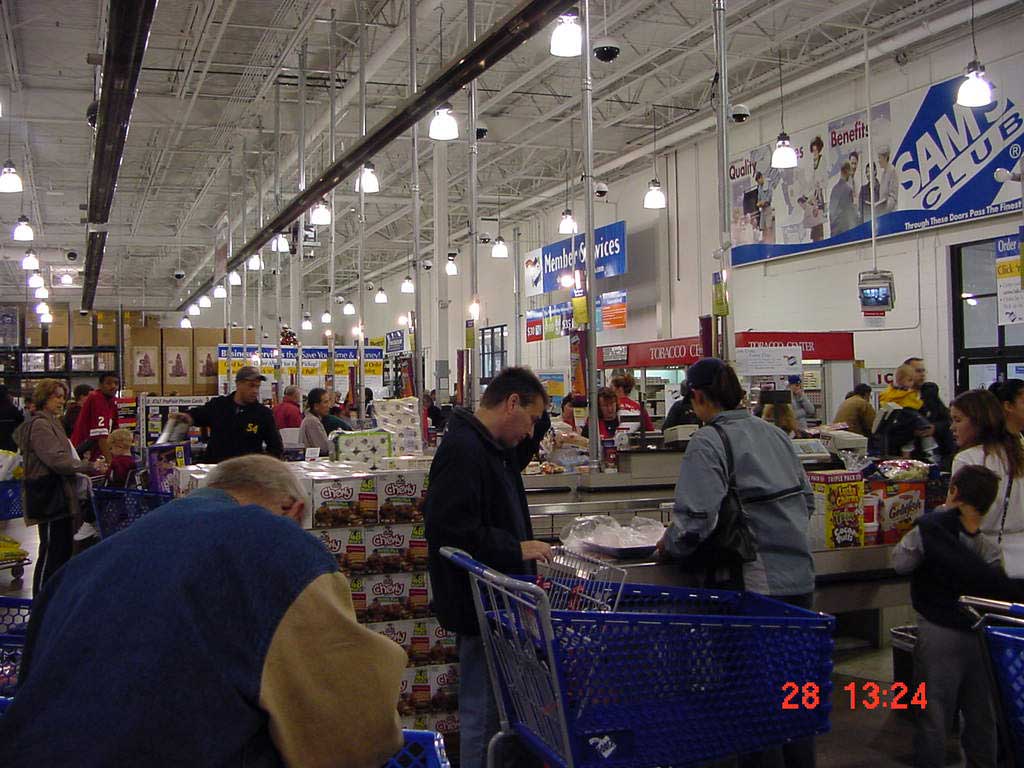
You’d think buying water in bulk would save money, right? Not always. The per-bottle price at Sam’s often ends up being higher than what you’d pay grabbing a store brand at your local grocery chain—especially when there’s a sale. According to Vox, big-box stores bank on the illusion of savings, especially with basics like water, where packaging can make the value seem better than it is.
Plus, many grocery stores now offer loyalty perks and coupons that lower the cost way below what Sam’s sells it for. And don’t forget—you’re also paying a membership fee just for the “privilege” of paying more. It’s basically the bottled water version of a scam in slow motion. Unless you’re stocking up for a soccer team or the apocalypse, skip it. Stick with weekly grocery store sales or get a good filter and save the earth and your wallet. Hydration shouldn’t come with hidden math.
2. Breakfast Cereal
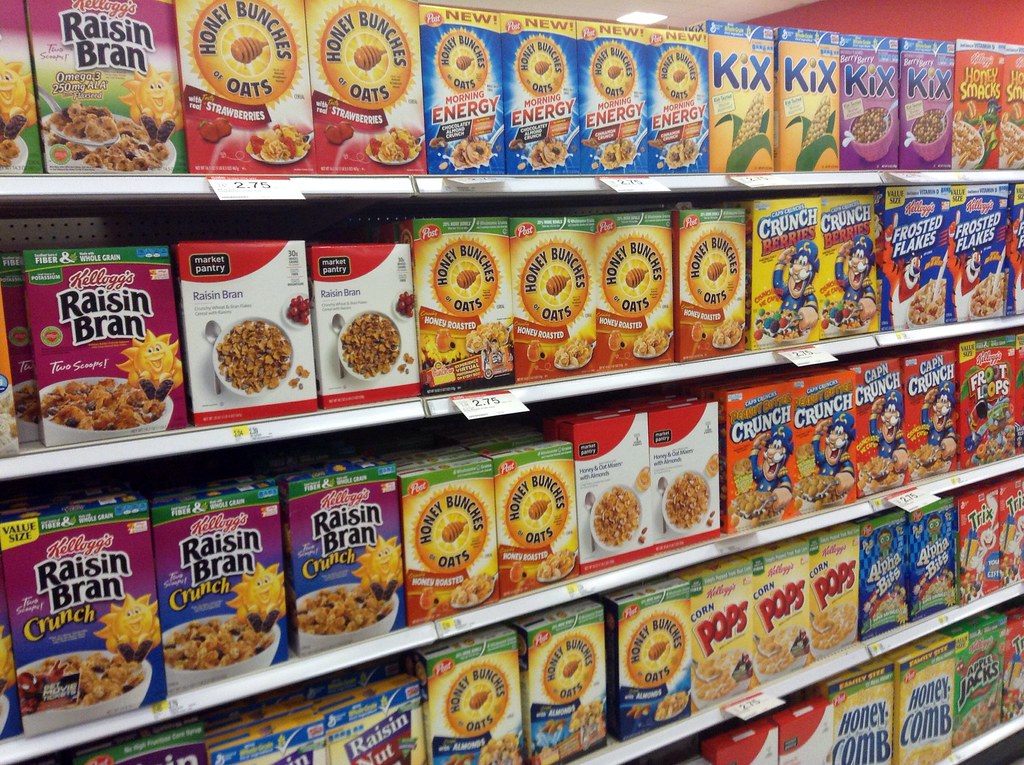
The box is big. The price tag looks low. But breakfast cereal at Sam’s is one of those fake deals where you’re paying more per ounce than you would grabbing a regular-sized box on sale elsewhere. The trick? They know you’re doing price comparisons in your head—not on a calculator.
Per ABC 7 Detroit, inflation has made cereal pricing weirdly inconsistent across retailers, and warehouse clubs are banking on size-blind shopping. Even when you buy in bulk, you’re not always getting a better value—and you’re committing to a lot of cereal that might go stale before you finish it. Plus, grocery stores rotate cereal deals weekly. It’s basically a breakfast lottery, and Sam’s doesn’t usually win. Unless your kids are on a Froot Loops-only diet, pass on the bulk box and look local.
3. Laundry Detergent
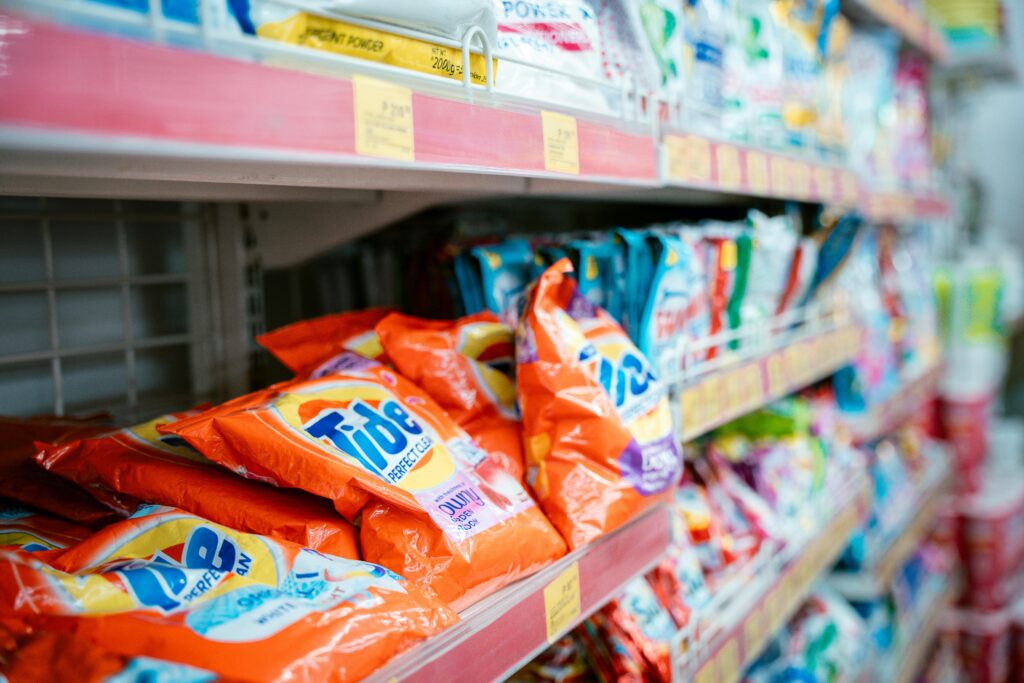
Big jug, big price… and big mistake. Laundry detergent is one of those things that feels like it should be cheaper in bulk, but Sam’s often overprices it compared to online retailers and chain stores running weekly promos. Also, the large containers are harder to store and harder to pour without spilling half a load’s worth down your arm.
As reported by US News, warehouse clubs have been quietly upping prices on household staples, and detergent is a repeat offender. While it looks economical on the shelf, per-ounce prices often creep up above what you’d pay at Target with a coupon or Amazon on Subscribe & Save. Unless you enjoy overpaying for something that literally washes away, steer clear. And remember—more suds ≠ more savings.
4. Over-the-Counter Medications
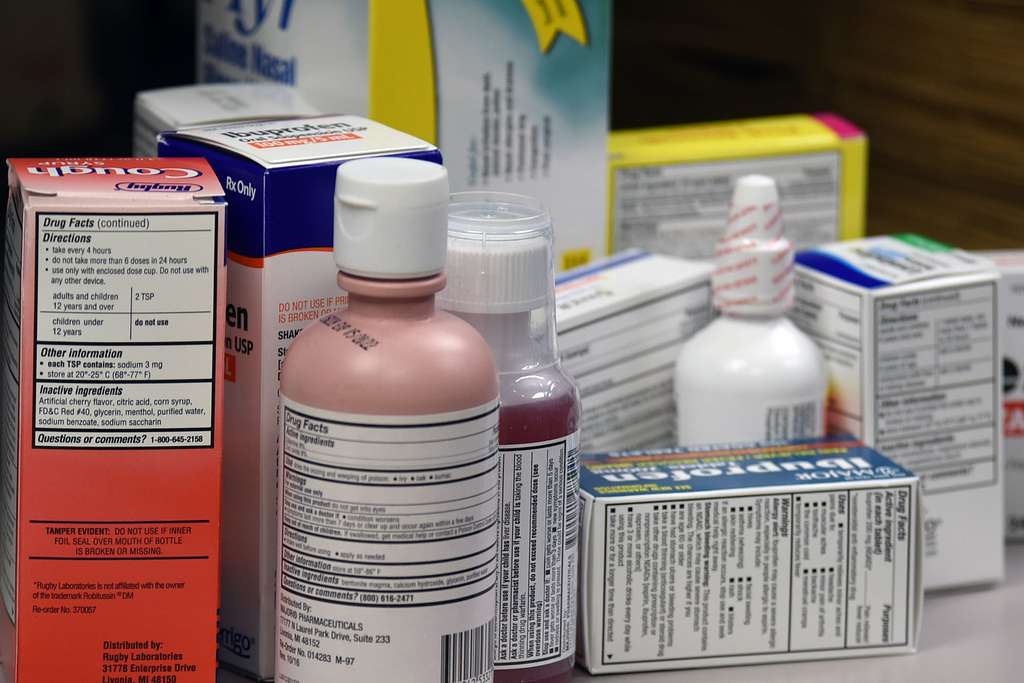
Yes, the bottle has 500 caplets. But have you done the math lately? Over-the-counter meds like ibuprofen, allergy pills, and cold medicine are one of Sam’s biggest illusion traps. They bank on volume, but smaller bottles from drugstores or online retailers often beat the unit price when they’re on sale.
According to Harvard Health, medications are frequently priced higher than necessary at warehouse clubs, especially when you’re not comparing per-pill costs. And unless you’re running a daycare or preparing for a flu outbreak, you probably don’t need that much medicine sitting around. Meds expire, packaging gets clunky, and it’s not worth the upcharge just to “stock up.” Your medicine cabinet—and your bank account—deserve better.
5. Greeting Cards
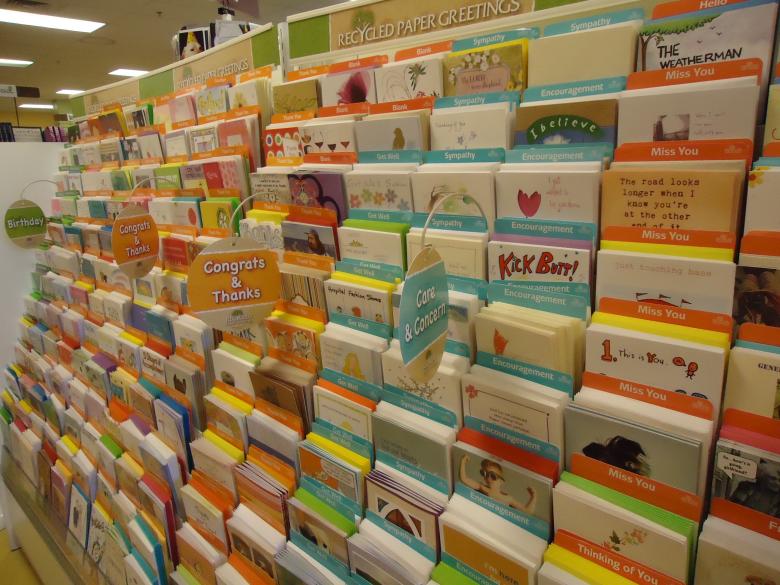
This one stings a little because it feels like a nice idea: buy a big pack of cards and always be prepared for birthdays, weddings, and weirdly specific holidays. But Sam’s greeting cards often cost more per card than what you’d pay at a dollar store—or even Target’s $1.99 section. And let’s be honest, no one is saving your card forever.
Huuray reports that card prices have surged in the last few years, with bulk packs offering more options but not more value. So instead of paying $15 for 10 cards that you’ll never use (“Happy Retirement, Neighbor’s Dog!”), grab what you need when you need it. Better yet, get creative and make one—or send a text, because it’s 2025 and we’re all living digitally anyway. Your sentiment matters more than the foil embossing.
6. Pre-Packaged Cheese Cubes
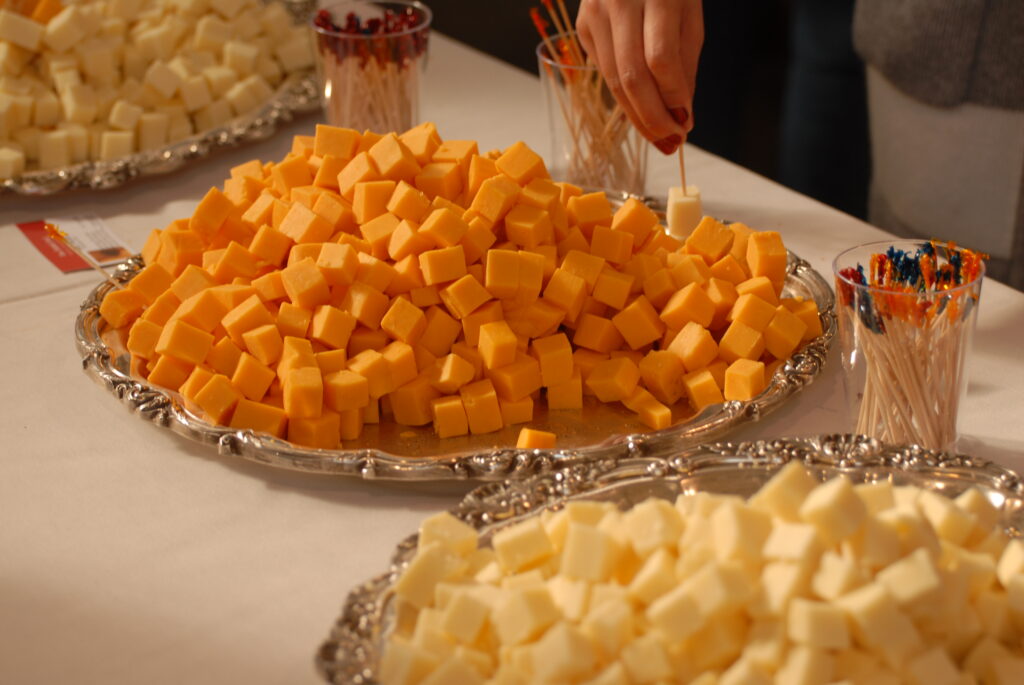
Yes, they look adorable in those little clear boxes, all perfectly sliced and party-ready. But spoiler: you’re paying a big premium for convenience. Pre-cut cheese at Sam’s is often significantly pricier per pound than buying a block and slicing it yourself. You’re basically paying extra so someone else can do two minutes of knife work. The packaging might scream “charcuterie chic,” but your wallet’s quietly crying behind the scenes.
Even worse, these pre-packaged options often dry out faster and don’t taste as fresh. And let’s be honest—no one’s ever said, “Wow, these cubes are life-changing.” Buy the block, grab a knife, and keep that cheddar where it belongs: in your fridge and your bank account. Sometimes laziness is just overpriced efficiency in disguise.
7. Fresh Produce (Yes, Really)
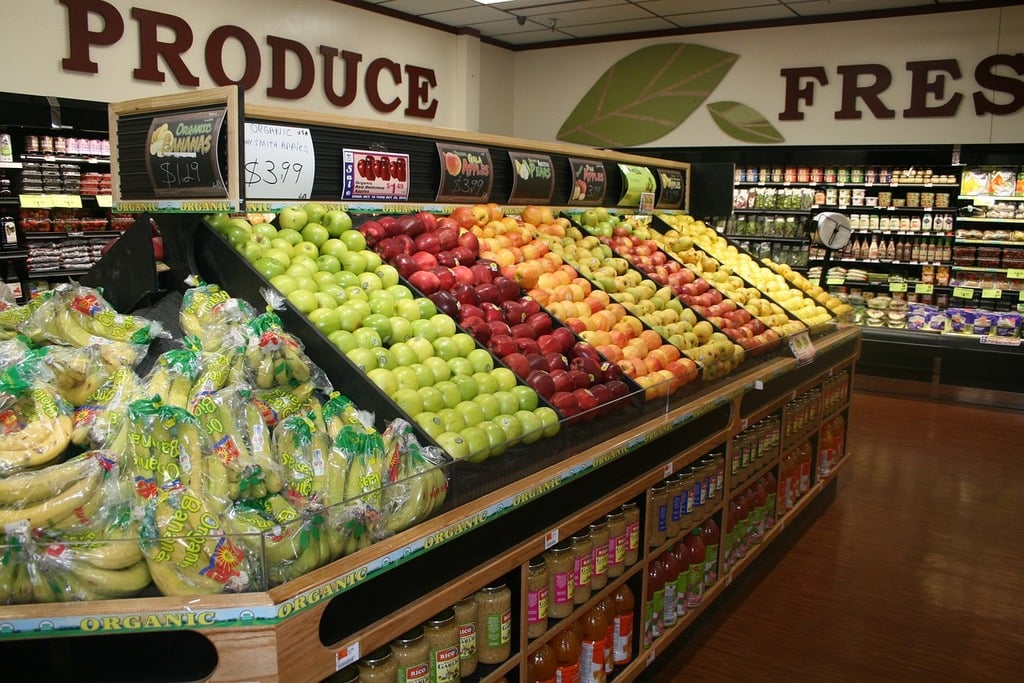
We all want to feel like we’re making healthy choices, but buying produce in bulk can backfire hard. A six-pound clamshell of strawberries looks great on Day 1—by Day 3, it’s a moldy regret salad. Sam’s produce isn’t always cheaper than local grocery stores, especially when you factor in waste. Buying more than you can eat doesn’t save you money, it just fills your compost bin faster.
And unless you’ve got a household of smoothie addicts or bunnies, it’s hard to get through giant packs of greens before they wilt into slime. Most produce is better bought in smaller quantities, with more frequent trips. That way, you stay fresh—and so does your food. Don’t fall for the big-bin illusion. That giant bag of avocados might be your most expensive mistake of the week.
8. Coffee Pods
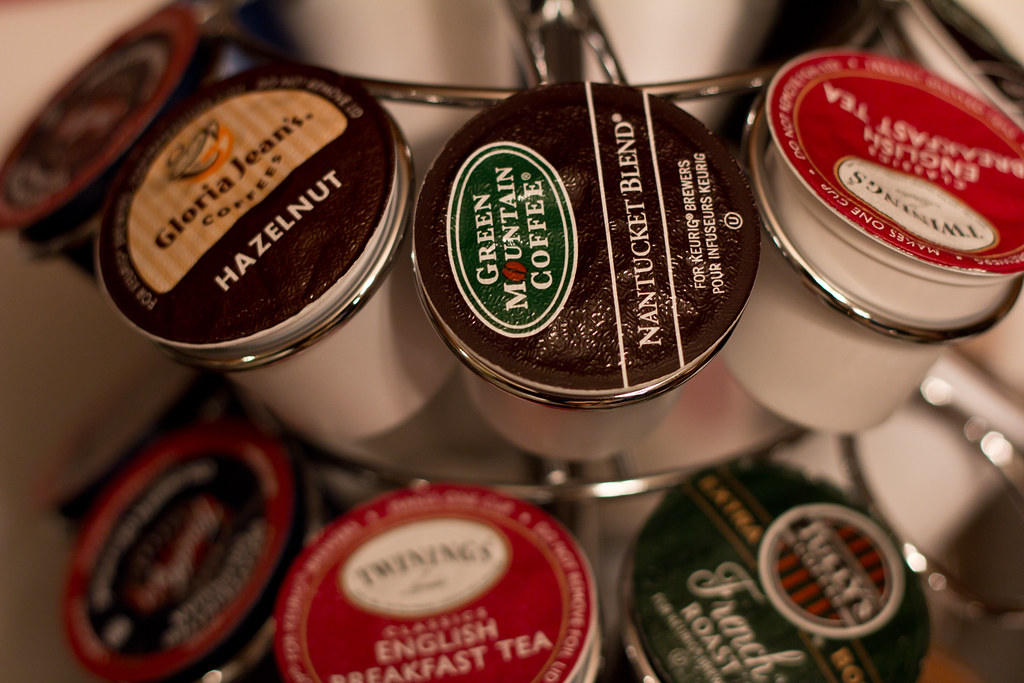
Single-serve coffee pods feel like a life hack—until you realize Sam’s is charging more per pod than online bulk retailers. The math gets weird because the packaging makes you think you’re getting a bargain, but the per-unit price can be higher than Amazon’s Subscribe & Save or even grocery store sales. And if you’re picky about flavor? You’re stuck with 100 pods of “Morning Blend” you’ll grow to resent.
Also, those pods aren’t the best for the planet—or your pantry space. They take up serious room and offer less flexibility than buying grounds or beans. Unless you’re running an office break room out of your kitchen, this isn’t the place to buy them. Better to buy smaller boxes more often—or better yet, invest in a reusable pod. Your wallet and the environment will thank you.
9. Rotisserie Chicken (Controversial, We Know)

Sam’s rotisserie chicken is a cult favorite—but it’s not always the value hero it’s hyped up to be. While the price tag looks great, you’re getting less meat per bird compared to some grocery store competitors. The seasoning is often heavy (to mask dryness), and the meat-to-bone ratio can be kind of meh. It’s a classic case of optics over output.
Plus, when you factor in the cost of membership and the gas you spent just to get there, that $5 chicken isn’t as “cheap” as it looks. You can often get more actual meat—and better taste—from a freshly roasted bird at your neighborhood store. We’re not saying skip it completely, but don’t assume it’s the gold standard. Do a taste test sometime. You might be surprised who clucks the loudest.
10. Frozen Appetizers
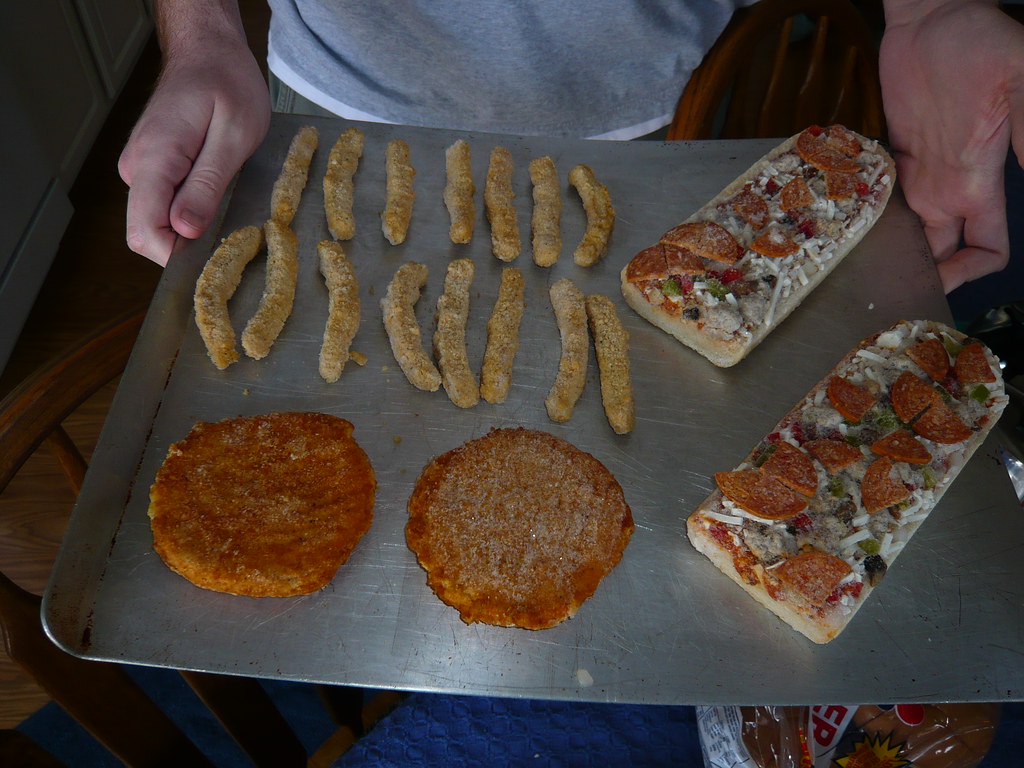
Those big boxes of frozen egg rolls and mozzarella sticks seem like the ultimate party hack—but look closely. You’re paying a high price for low-grade snacks. Per unit, you might be shelling out more than you would by grabbing store-brand versions from the freezer aisle at a regular grocery store. And let’s be honest: these aren’t exactly gourmet.
The portions are small, the packaging is bulky, and the flavor usually lands somewhere between “meh” and “I guess I’m hungry.” Plus, freezer space is premium real estate—do you really want to fill it with 60 lukewarm pizza bites? Unless you’re feeding a literal crowd, skip the bulk box and buy only what you’ll actually enjoy. Better to have fewer apps with better taste than a mountain of mediocrity.
11. Cleaning Supplies
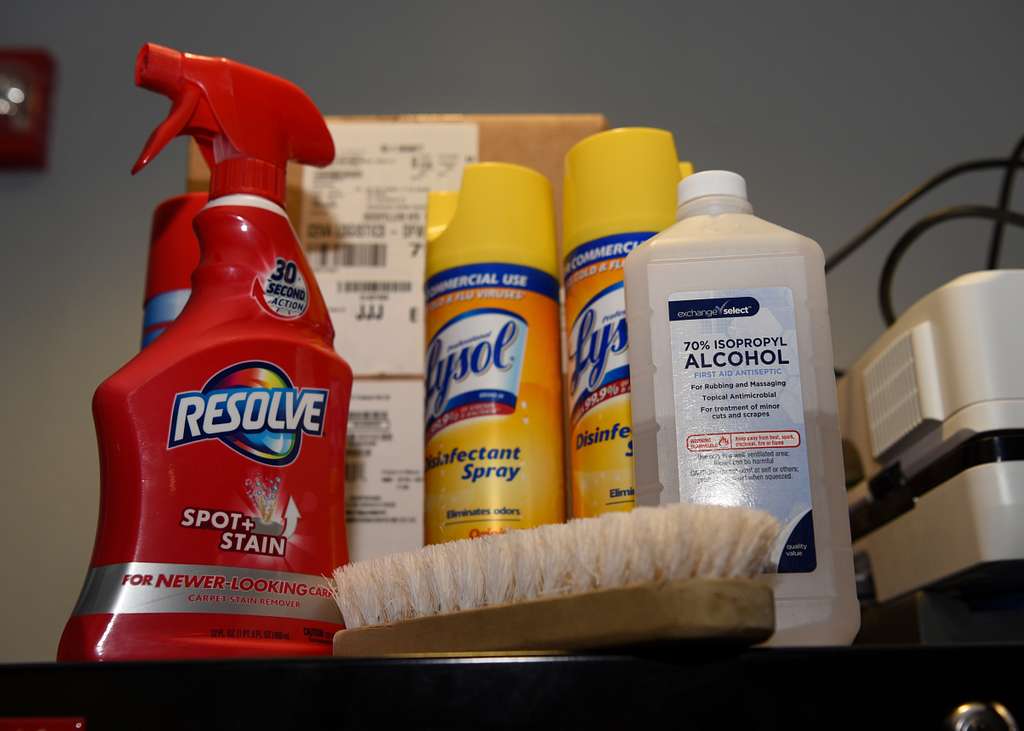
You’d think a mega-pack of cleaning spray is a no-brainer—until you realize you could have bought two smaller bottles for less. Sam’s often bundles cleaning products in pairs or trios, inflating the total cost without offering much of a unit discount. And unless you’re deep-cleaning like a hotel housekeeper, it’s probably more than you need.
There’s also the problem of storage: where exactly are you putting four gallons of glass cleaner in your apartment? Brands count on people feeling “prepared” by buying in bulk—but most households aren’t burning through cleaner that quickly. Plus, grocery stores often run BOGO deals that beat Sam’s pricing by a mile. Buy what you’ll use, not what you might use someday in a post-apocalyptic dust storm.
12. Snack Packs for Kids
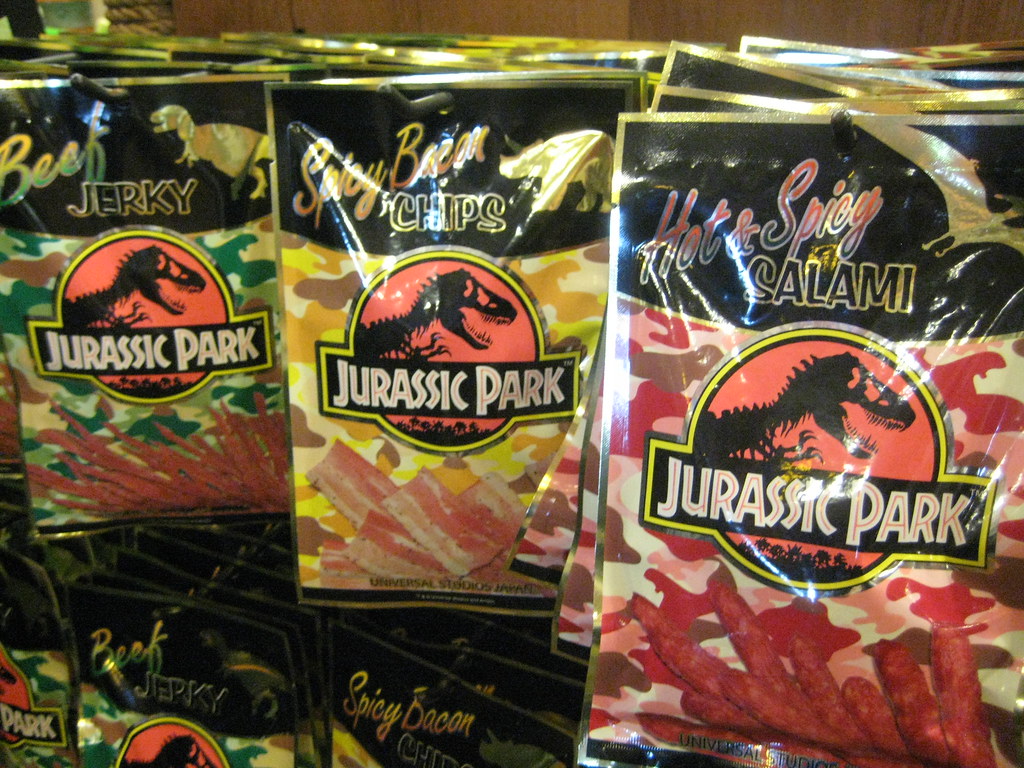
Let’s talk about those cute lunchbox snack assortments. You know the ones—tiny bags of chips or cookies bundled into a big plastic box that looks like a great deal. But when you break down the per-bag cost, you’re often paying way more than if you bought a full-size version and portioned it yourself. It’s the packaging you’re paying for, not the food.
And half the time, kids don’t even finish the tiny bags—they just crinkle them up and leave them in the car. You’re better off buying one big bag and throwing a handful into reusable containers. Not only will you save cash, but you’ll reduce waste (and feel like a parenting legend). Don’t let convenience con you into overspending. The only thing mini about those snack packs is the value.
This article is for informational purposes only and should not be construed as financial advice. Consult a financial professional before making investment or other financial decisions. The author and publisher make no warranties of any kind.








